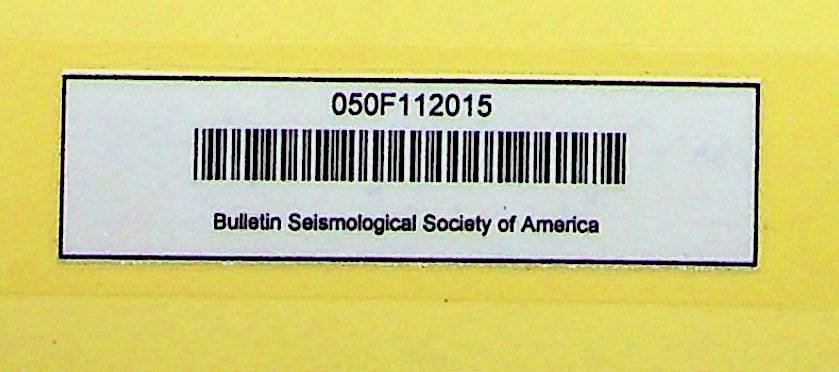Abstract Large earthquakes are sometimes observed to trigger other large earthquakes on nearby faults. The magnitudes of the calculated Coulomb stress transfers presumed to cause the triggering are 10"2-10“3 of the earthquake stress drops. The earthquake stress drops and the triggering delay times are similarly small with respect to the natural recurrence time of the earthquakes. This requires that both faults be simultaneously very close to the ends of their seismic cycles. Paleoseismological data show that for the same regions prior earthquakes have occurred in clusters of ruptures of several faults separated by long quiescent periods. Both observations suggest that synchronization is occurring between faults. Theory and observations indicate that synchronizationcan occur between nearby faults with positive stress coupling and intrinsic slip velocities within an entrainment threshold. In the south Iceland seismic zone, the central Nevada seismic belt, and the eastern California shear zone, several synchronous clusters that apparently act independently can be recognized. This behaviour is the 3D equivalent of the phase locking that results in the seismic cycle of individual faults being dominated by large characteristic earthquakes, and for synchronization of fault segments along a given fault. Rupture patterns of repeated individual earthquakes or earthquake clusters are not identical in either the 2D or 3D cases. The state of this system, which exhibits strong indications of synchrony without exact repetition, may becalled fuzzy synchrony.
5
Seismological Society of America
Christopher H. Scholz
Penerbit :
BSSA EDITORIAL OFFICE
Tahun :
2010
Buku lain-lain
-
No Scan207
-
No Klasifikasi
-
ISBN
-
ISSN
-
No Registrasi050F112015
-
Lokasi TerbitCalifornia
-
Jumlah Hal17
-
Label
-
Versi DigitalTIDAK
-
Versi FisikTIDAK
-
Lokasi Rak Buku Fisik//
-
Jumlah Exemplar Fisik Tersedia-





